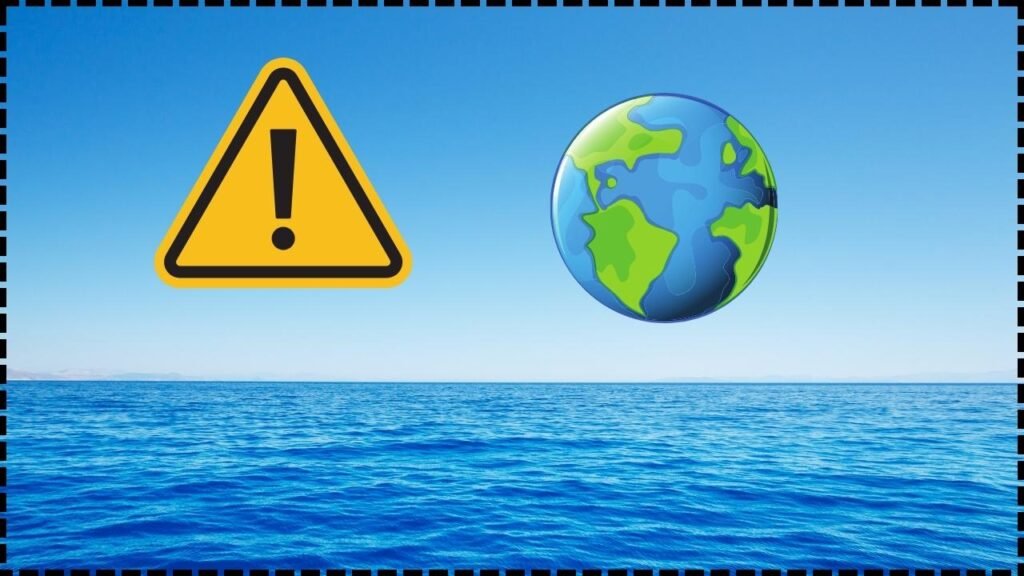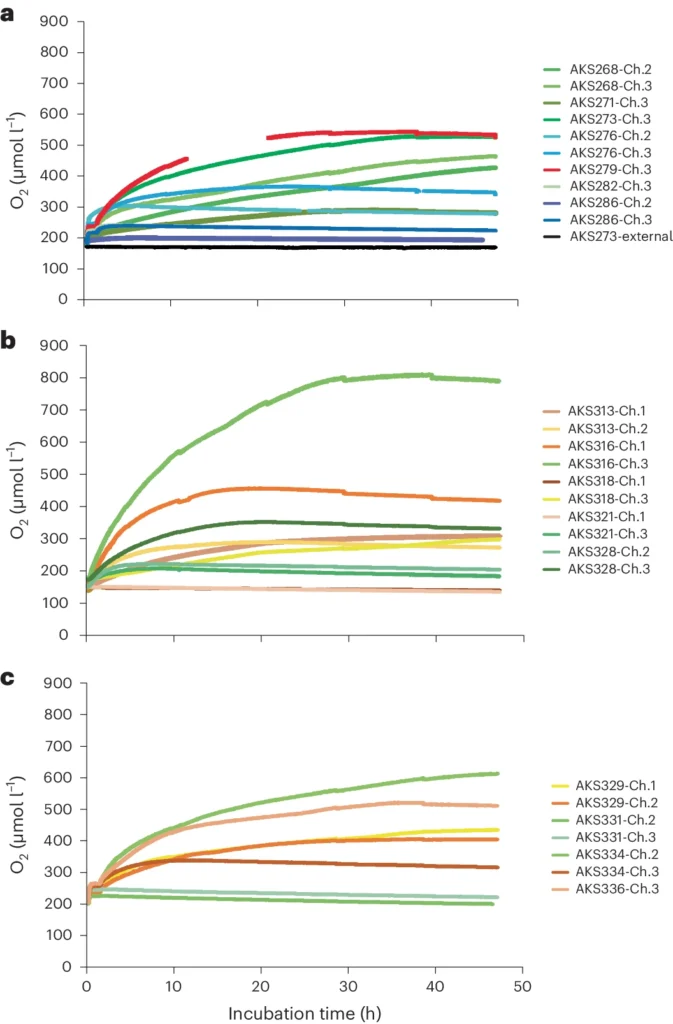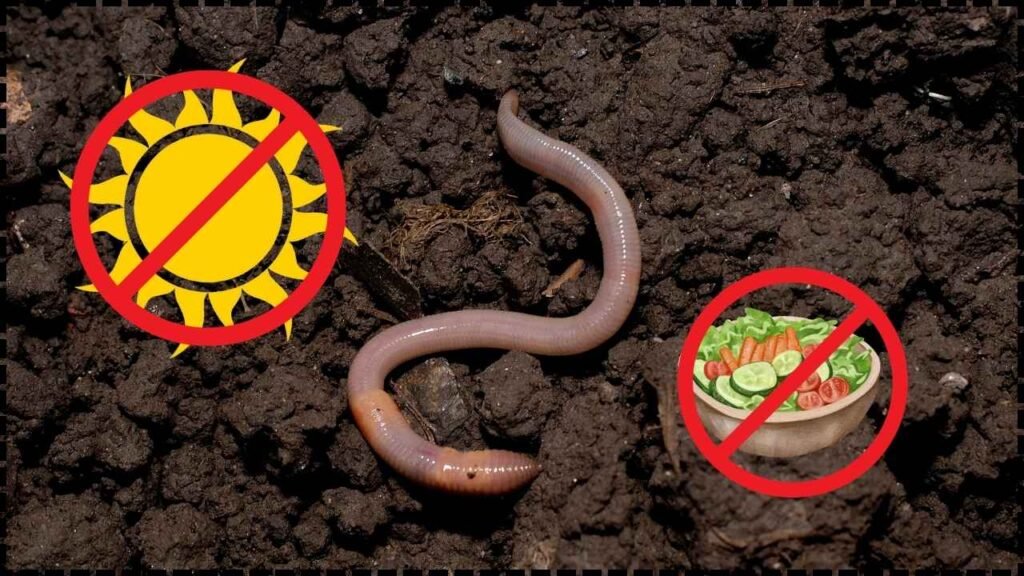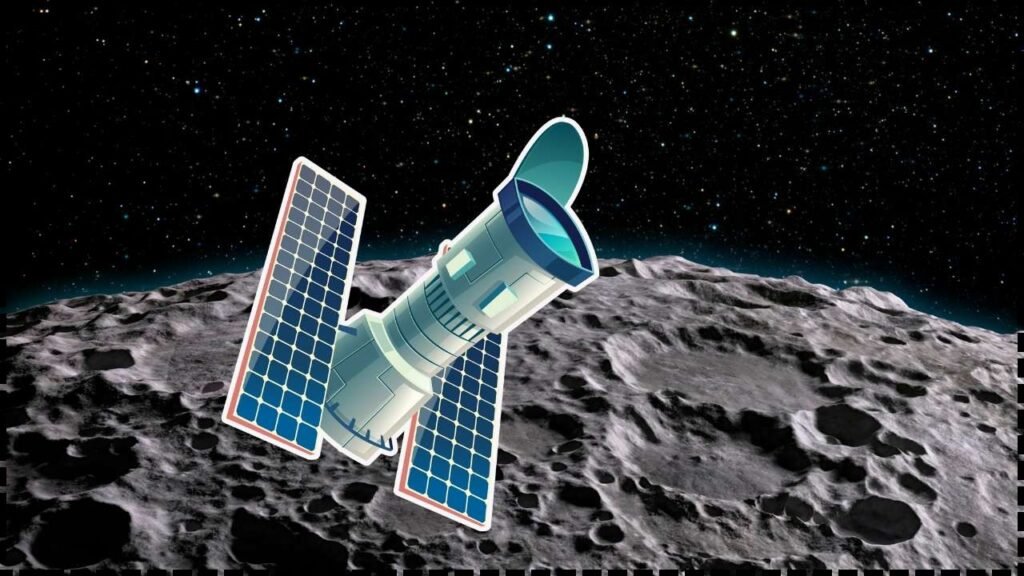Is Our Planet in Danger? When you think of oxygen, you probably picture green trees or plants giving us the air we breathe. For a long time, that’s how scientists explained it too—oxygen is mostly made by plants using sunlight in a process called photosynthesis. But here’s the big twist: scientists have discovered a completely new way oxygen is made, deep in the ocean, where no sunlight ever reaches. This stuff is called “dark oxygen,” and it’s turning heads in the science world. So what is this dark oxygen? How does it work? And what does it mean for our planet’s health? Let’s break it down together.
Is Our Planet in Danger?
The discovery of dark oxygen reshapes our understanding of how life-supporting oxygen is produced on Earth. Made deep beneath the ocean surface by metal nodules, this oxygen source provides crucial support to marine ecosystems and pushes the boundaries of science in planetary exploration. However, this hidden lifeline is threatened by deep-sea mining, urging us to protect these mysterious underwater “batteries.” As we learn more, it’s clear that Earth’s oceans still hold secrets that could shape our future.

| Topic | Key Details |
|---|---|
| What is Dark Oxygen? | Oxygen created without sunlight via metal-rich nodules on the deep ocean floor. |
| Depth Discovered | About 4,000 meters (13,000 feet) below the ocean surface in the Pacific Ocean’s Clarion-Clipperton Zone. |
| Production Process | Electrochemical splitting of water molecules (H2O) by metal nodules (manganese, cobalt, nickel). |
| Scientific Significance | Challenges photosynthesis-only oxygen production theory; suggests unknown oxygen sources exist. |
| Environmental Concerns | Deep-sea mining threatens oxygen-producing habitats and fragile ecosystems. |
| Economic Interest | Metals in nodules (used for batteries and electronics) are in high global demand. |
| Ongoing Research | International 3-year research expedition starting in 2026 to study dark oxygen’s scope and impact. |
| Official Research Source | Published in Nature Geoscience by the Scottish Association for Marine Science (SAMS). |
| Reliable Website | Scottish Association for Marine Science |
A Quick Oxygen History: Why Oxygen Matters
Oxygen is like life’s breath—without it, animals, humans, and most living things couldn’t survive. It makes up about 21% of Earth’s atmosphere, mainly thanks to plants and tiny oceanic creatures called phytoplankton. For centuries, studying where oxygen comes from helped us understand how life on Earth started and evolved.
Until recently, scientists believed oxygen was produced only through photosynthesis, the process where plants and some bacteria use sunlight to convert carbon dioxide and water into oxygen and glucose. The assumption? No sunlight, no oxygen.
That’s changing.
What is Dark Oxygen? The Deep Ocean’s Secret Breath
Imagine the ocean floor as a twilight world – a dark, frozen desert covered in thousands of tiny metal rocks called polymetallic nodules. These nodules aren’t just minerals; they’re like natural batteries filled with manganese, cobalt, and nickel.
Scientists discovered that these nodules produce oxygen in the dark ocean abyss through a process that doesn’t involve sunlight at all—it’s something called electrochemical water splitting. This process breaks down water molecules (H2O) into hydrogen and oxygen, releasing oxygen into the surrounding waters. This oxygen helps support the creatures living in these super-deep, pitch-black environments.
Why Does This Matter? Shaking Up Our Oxygen Story
This discovery rewrites the oxygen production manual. Previously, the ocean’s oxygen was thought to come only from sunlit surface waters where phytoplankton thrived. But now we know the deep ocean’s rocks themselves quietly create oxygen, adding an unknown source to the Earth’s oxygen cycle.
This could change how scientists model the health of our oceans and atmosphere. Oxygen is vital for marine life—even deep-sea animals depend on it to survive. Understanding that oxygen forms this way could reveal new clues about how life began billions of years ago and offer insights into life possibilities on other planets, where sunlight may be scarce but oxygen might still exist.
The Dark Side: Environmental and Economic Stakes
The global demand for metals like cobalt and nickel, used in electric car batteries, smartphones, and renewable energy tech, has pushed companies to eye the ocean floor’s gold mine—those polymetallic nodules.
But these nodules aren’t just rocks; they’re the lungs of the deep-sea environment. Mining them could destroy habitats producing this mysterious dark oxygen and disrupt ecosystems that have taken millions of years to develop.
Experts warn about the risks:
“We are potentially damaging an ecosystem we barely understand—and one that may play a key role in Earth’s oxygen balance,” said Dr. Andrew Sweetman, lead researcher from the Scottish Association for Marine Science.
Countries and international bodies are now debating regulations on deep-sea mining, balancing economic interests with environmental protection.
The Science for Everyone: How Dark Oxygen is Made
Here’s a quick, kid-friendly breakdown:
- The metal nodules have special properties like tiny batteries.
- When these metals interact with seawater, they trigger a chemical reaction.
- This reaction pulls apart water molecules into oxygen and hydrogen.
- The oxygen released helps tiny sea creatures breathe, even in the darkest parts of the ocean.
This process is totally different from photosynthesis—which needs sunlight.
The Road Ahead: What Scientists Are Doing Next
The discovery sparked huge excitement. To really understand dark oxygen, an international team is about to start a three-year expedition in 2026 from San Diego to the Pacific deep ocean. Their mission:
- Confirm where all dark oxygen-producing nodules are.
- Learn the exact details of this electrochemical oxygen factory.
- See how mining could affect this hidden oxygen source.
- Explore how this discovery connects with the search for life on other planets.
This project promises to unlock secrets not just of our oceans, but of life itself.
What Can You Do? Protecting Earth’s Hidden Oxygen
Even if you aren’t a scientist, there are ways to support this profound discovery:
- Stay informed about deep-sea mining and marine conservation.
- Back clean energy and sustainable tech policies that minimize harmful mining.
- Support international efforts to regulate and protect ocean environments.
- Spread awareness about discoveries like dark oxygen to build public curiosity and action.
Remember, protecting the ocean’s breathing process, even the dark part, keeps our whole planet healthier.
Ecosystem Impact of Dark Oxygen: Is Our Planet in Danger?
The discovery of dark oxygen is not just a fascinating chemical process—it’s a potential life-support system for mysterious deep-sea ecosystems. In the pitch-black environment 4,000 meters down, sunlight doesn’t reach, so traditional photosynthesis is impossible. Yet, thanks to dark oxygen produced by the polymetallic nodules, oxygen levels can rise locally, sustaining unique marine creatures adapted to these extreme conditions.
This oxygen production may help maintain the balance of life in these abyssal plains, supporting creatures that rely on oxygen to breathe. Without this hidden oxygen source, many deep-sea organisms might struggle to survive, making dark oxygen vital for biodiversity far below the waves.

It’s Not Gold or Platinum: The World’s Priciest Mineral Is Something You’ve Never Heard Of

















